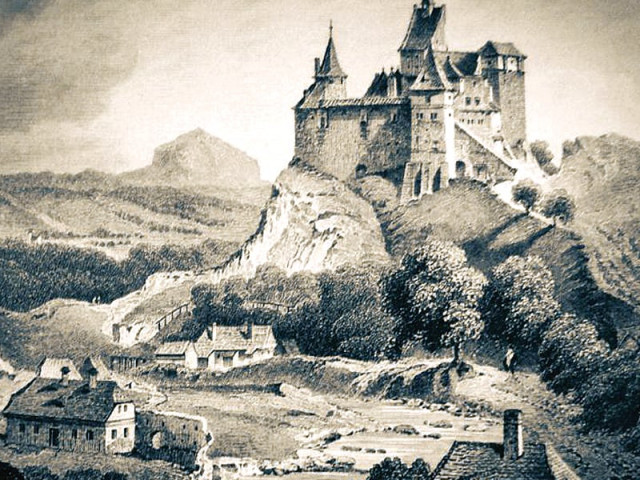
According to newsweek.com, researchers found 300 graves in a rural Polish cemetery where bodies in six graves were buried with rocks and sickles on top of their necks. The reason for doing that was to stop them from getting out of the grave and eventually coming back to life.
“The idea being that if the person came back to life, they would have trouble getting up, or their head would be cut off, says Lesley Gregoricka, a Bioarchaeologist at the University of South Alabama.

According to Gregoricka, it was widely believed in the 17th and 18th century that certain dead people can come back to life and become “vampires”, who would then haunt the living and suck their blood. Gregoricka along with her colleagues have studied these graves for quite some time and their conclusions suggest that vampires were possibly the first victims of cholera in that particular vicinity. Maria Liston, a biological anthropologist at the University of Waterloo shared that this particular bacterial infection spread through Eastern Europe and killed whoever contracted it.
It’s “very frightening” to witness somebody die of cholera, Liston tells Newsweek. “Perfectly healthy people can be dead in 12 to 24 hours. The flesh can almost melt away from them.”
“In a world where you don’t understand germs, these people might be terrifying,” Liston adds. It’s believable that others might treat them as vampires, capable of coming back from the dead and spreading this new and unknown malady.
Scientists, on the other hand, believe that foreigners who may be feared as suspicious and suffered a violent or untimely death could be the ones who were termed as vampires. Gregoricka and fellows examined the skeletons of six of the vampires to check whether they were locals or immigrants.

The levels of strontium (an element that shows chemical variations between different geographic locations), indicated that vampires were people from the local population. As a result of which the immigrant theory doesn’t hold up and cholera turns out to be the most likely of explanations.
As far as the term vampire is concerned, Liston states it’s not clear whether they were called the same back in time but regardless, it was a good name “for somebody who could come back from the dead.” Although they were probably not “sexy men who look like Tom Cruise and bite you on the neck,” she told Newsweek. The modern conception of vampire is a little more specific than it was hundreds of years ago, she adds.
An archaeologist at the University of Rzeszow in Poland, Leszek Gardena, had problems with the use of the label ‘vampire’ stating that “deviant” burials like the ones mentioned above can also be attributed to magic or dreadful crimes. But Gardela called the work the researchers “well-researched and well-written article demonstrating cutting-edge scholarship.”
Published in The Express Tribune, November 30th, 2014.
Like Life & Style on Facebook, follow @ETLifeandStyle on Twitter for the latest in fashion, gossip and entertainment.

















COMMENTS
Comments are moderated and generally will be posted if they are on-topic and not abusive.
For more information, please see our Comments FAQ